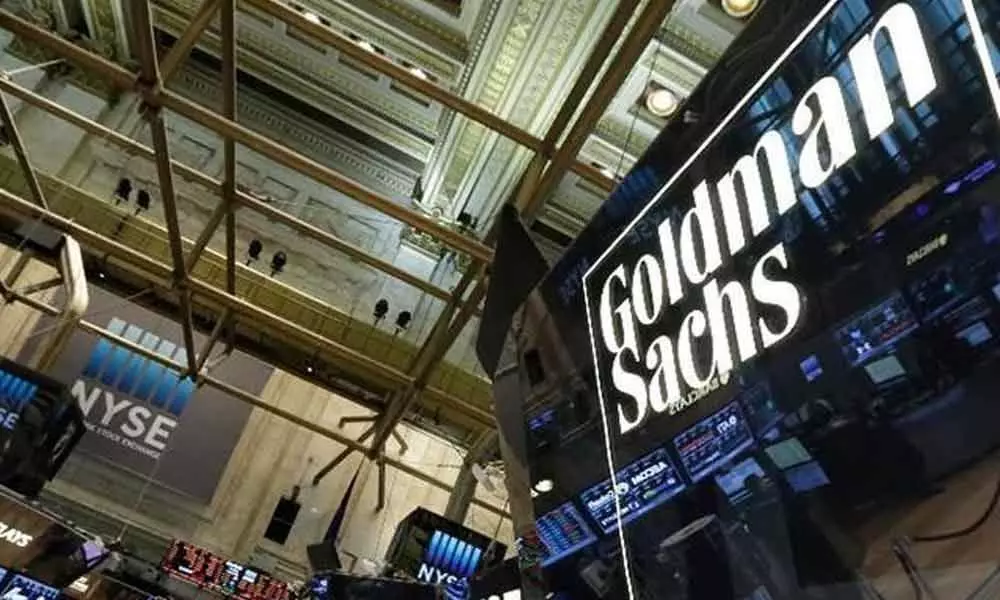Live
- India's coal production posts 5.3 per cent growth to 97.94 million tonnes in Dec 2024
- When you're captain, you probably get a little bit more leeway as well, says Clarke on Rohit
- Gautam Gambhir's Position as India Head Coach in Jeopardy Amidst Team's Downward Spiral
- Lankan President launches 'Clean Sri Lanka' initiative to heal environment and society
- Pushpa 2 Box Office Collection Day 27: Allu Arjun & Rashmika Mandanna's Film Crosses Rs 1000 Crore Worldwide
- Chess rankings: Erigaisi 4th, Gukesh 5th as nine Indians ranked in top-50 in Open section
- Hyderabad to Get Extended Metro Rail: CM Approves Expansion to Medchal and Shamirpet
- Punjab Vigilance Bureau held 173 on bribery charge in 2024: Top official
- New Orleans Truck Rams Into Crowd, 10 Killed and 30 Injured in Deadly Incident
- Haryana CM hails farmer-friendly decisions by first Union Cabinet of 2025









